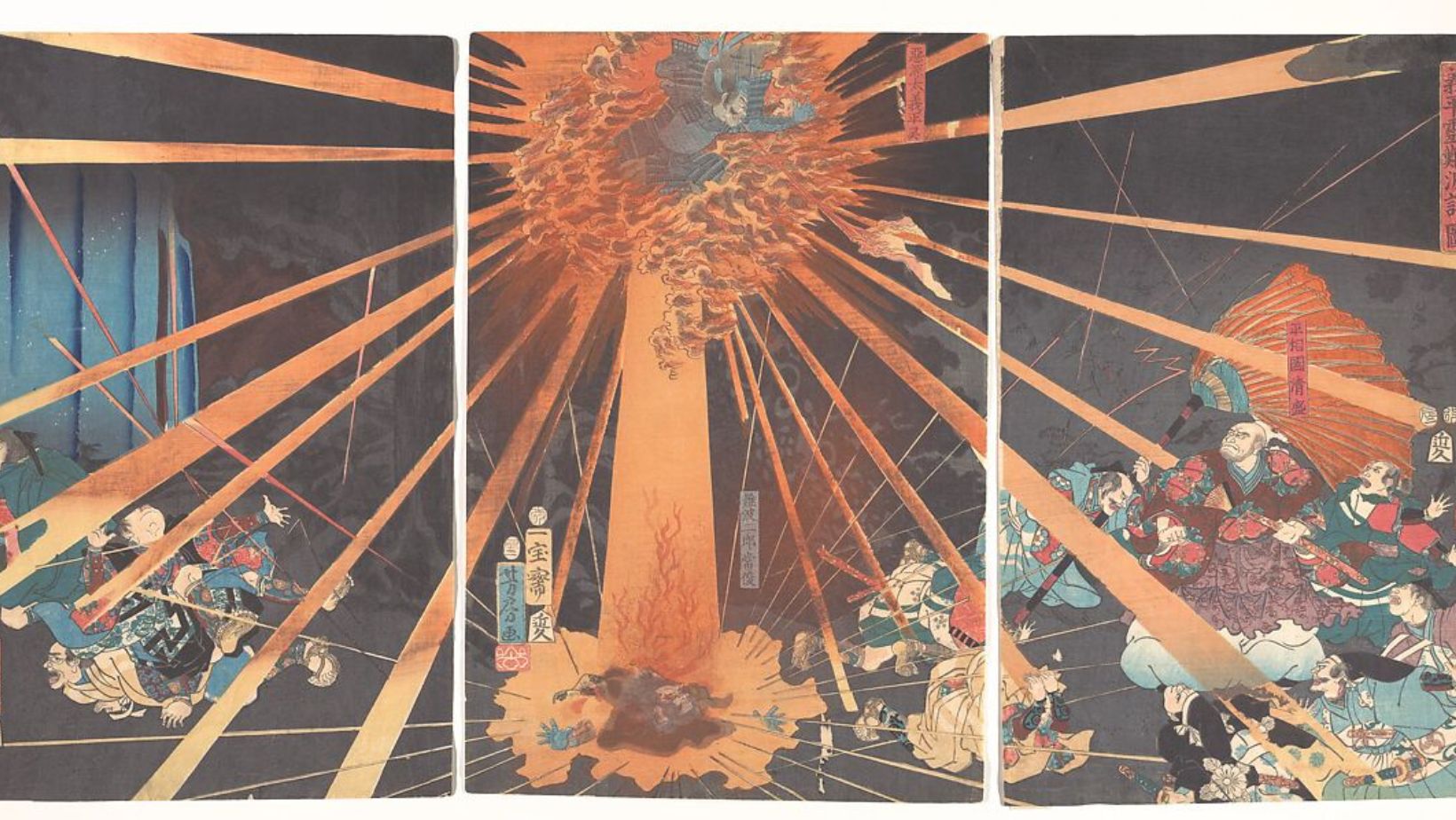In a world where symbols often carry deep meanings, the phrase symbol:ahqxtbkdanu= revenge stands out as a compelling representation of a complex emotion on apps for moms. This unique sequence captures the essence of vengeance, reflecting how it weaves into the fabric of human experience. Revenge isn’t just an act; it’s a powerful force that drives narratives across cultures and eras.
Understanding this symbol opens the door to exploring the psychological and societal implications of revenge on small businesses. It challenges readers to consider the motivations behind seeking retribution and the consequences that follow. As we delve deeper into this intriguing topic, it becomes clear that revenge is more than a simple reaction—it’s a multifaceted phenomenon that shapes relationships and influences decisions.
Symbol:ahqxtbkdanu= Revenge
 Symbol:ahqxtbkdanu= revenge encapsulates the intensity and complexity of the desire for retribution. Revenge serves as a recurring theme in literature and folklore, demonstrating its pervasive influence. Characters driven by revenge often experience profound emotional turmoil, illustrating the psychological weight that accompanies this pursuit.
Symbol:ahqxtbkdanu= revenge encapsulates the intensity and complexity of the desire for retribution. Revenge serves as a recurring theme in literature and folklore, demonstrating its pervasive influence. Characters driven by revenge often experience profound emotional turmoil, illustrating the psychological weight that accompanies this pursuit.
Revenge manifests variably across cultures and epochs. In ancient texts, such as “Hamlet” by William Shakespeare, the theme of vengeance drives narratives and character decisions. Such portrayals highlight the moral quandaries associated with retribution while reflecting societal values of the time.
Key Themes and Motifs
Exploration of Revenge
 Revenge embodies a quest for justice, albeit through destructive means. It often explores the complexities of human emotions, such as anger and hurt, prompting individuals to confront their moral compass. Literary works illustrate this exploration, presenting characters driven by a compelling need for vindication. Through narratives, revenge serves as an instrument of transformation, propelling individuals toward self-discovery or their own downfall. Classic examples include Edgar Allan Poe’s “The Cask of Amontillado,” where revenge leads to psychological turmoil, exposing the darker facets of human nature.
Revenge embodies a quest for justice, albeit through destructive means. It often explores the complexities of human emotions, such as anger and hurt, prompting individuals to confront their moral compass. Literary works illustrate this exploration, presenting characters driven by a compelling need for vindication. Through narratives, revenge serves as an instrument of transformation, propelling individuals toward self-discovery or their own downfall. Classic examples include Edgar Allan Poe’s “The Cask of Amontillado,” where revenge leads to psychological turmoil, exposing the darker facets of human nature.
Impact of Betrayal
Betrayal frequently ignites the flames of revenge, triggering a cycle of retaliatory actions. It alters relationships and fosters deep-seated animosities, significantly impacting societal norms. Betrayal’s emotional toll manifests in literature and art, driving characters to seek retribution against transgressors. For instance, in William Shakespeare’s “Othello,” the protagonist’s reaction to betrayal propels the narrative, showcasing how such sentiments can lead to disastrous outcomes. Betrayal not only influences individual lives but also reverberates through cultures, shaping attitudes toward forgiveness and retribution in various contexts.
Character Analysis
Protagonist’s Journey
 The protagonist’s journey is often marked by turmoil and conflict stemming from the desire for revenge. Driven by betrayal or loss, they navigate a path filled with moral ambiguity. For example, they may initially seek justice, but the pursuit of vengeance ultimately leads to their emotional deterioration. The struggle reveals internal conflicts, showcasing how the quest for retribution influences their choices and relationships. The evolution of their character serves as a cautionary tale about the destructive nature of revenge, emphasizing the consequences of relinquishing one’s ethics in the name of justice.
The protagonist’s journey is often marked by turmoil and conflict stemming from the desire for revenge. Driven by betrayal or loss, they navigate a path filled with moral ambiguity. For example, they may initially seek justice, but the pursuit of vengeance ultimately leads to their emotional deterioration. The struggle reveals internal conflicts, showcasing how the quest for retribution influences their choices and relationships. The evolution of their character serves as a cautionary tale about the destructive nature of revenge, emphasizing the consequences of relinquishing one’s ethics in the name of justice.
Antagonist’s Role
The antagonist’s role in the narrative frequently serves as a foil to the protagonist, embodying the darker aspects of revenge. Their motivations may stem from personal grievances, societal pressure, or a desire for power. Antagonists often escalate conflicts, pushing the protagonist further down a path of vengeance. By challenging the protagonist’s moral compass, they reflect the destructive cycle perpetuated by revenge. The presence of the antagonist amplifies the narrative tension, revealing how vengeance can transform relationships and societal norms, ultimately illustrating the broader implications of retributive justice within the story.
Critical Reception
 Critical reception of symbol:ahqxtbkdanu= revenge reveals varying interpretations and insights regarding the theme of vengeance. Scholars highlight its deep-rooted presence across cultures, suggesting that fascination with revenge stems from its complex ethical dilemmas. Various critics analyze its narrative significance, underscoring the psychological tension created in literary works.
Critical reception of symbol:ahqxtbkdanu= revenge reveals varying interpretations and insights regarding the theme of vengeance. Scholars highlight its deep-rooted presence across cultures, suggesting that fascination with revenge stems from its complex ethical dilemmas. Various critics analyze its narrative significance, underscoring the psychological tension created in literary works.
Feedbacks frequently note that revenge operates as both a motivator and a destructive force. Critics assert that while it captivates audiences, the portrayal of vengeance often leads to tragic outcomes, reinforcing the notion that desires for retribution can spiral into chaos. For instance, literary analyses reference how characters driven by vengeance sometimes reflect broader societal issues, prompting discussions about morality and justice.
Numerous studies explore the emotional undercurrents tied to revenge. Critics indicate that narratives focusing on vengeance expose vulnerabilities, evoking empathy from readers.


